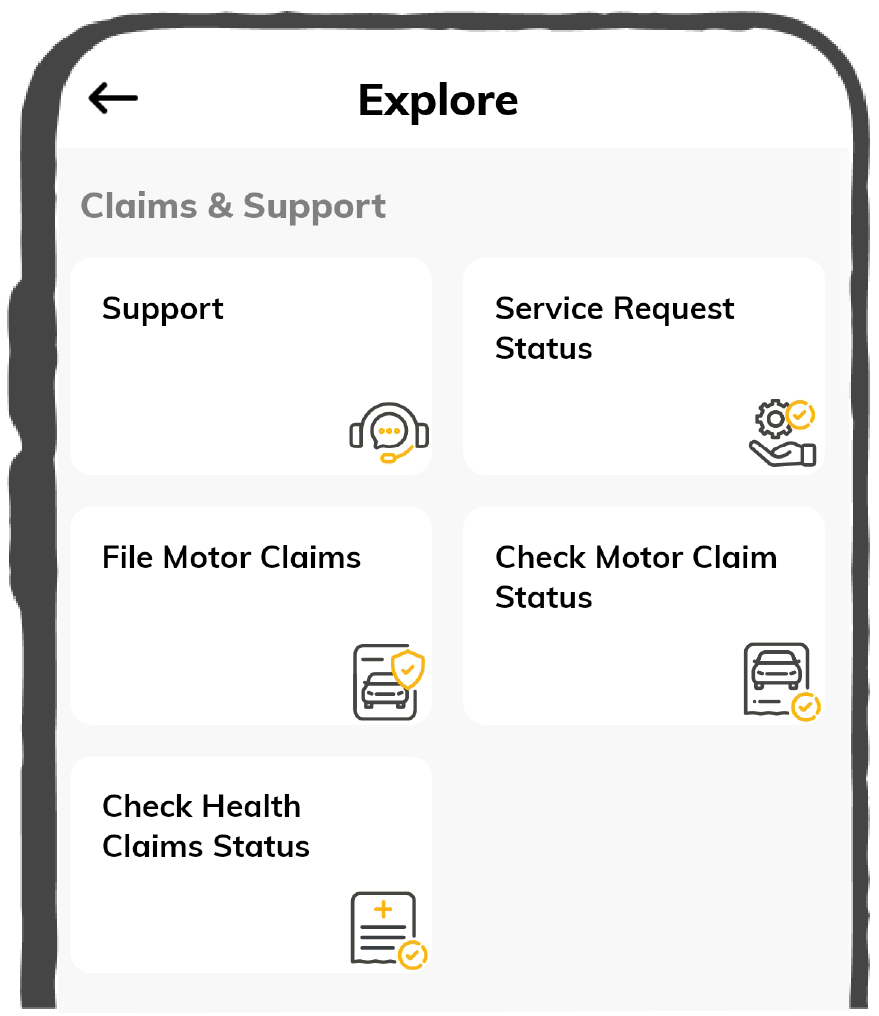Buy Health Insurance, Up to 20% Discount
9000+
Cashless Hospitals
2.5 Crore+
Lives Insured
4.5 Lacs+
Claims Settled
I agree to the Terms & Conditions
Get Exclusive Porting Benefits

Buy Health Insurance, Up to 20% Discount
Port Existing Policy
9000+
Cashless Hospitals
2.5 Crore+
Lives Insured
4.5 Lacs+
Claims Settled
What is Deductible in Health Insurance in India with Examples?
Technical jargons used in the Insurance industry are tough to understand but you absolutely can’t ignore them. Ignorance is no bliss here. The higher your knowledge is, the better position you will be in to make a wise choice for yourself.
A deductible is one such jargon most often used in health insurance. If you are confused, don’t worry we are here to explain to you and make it simple for you.
We at Digit believe in making all terms simple for our customers which in turn results in transparency and transparency is what we all need right?
What is Deductible in Health Insurance?
A deductible is an amount the insured has to pay as part of a claim whenever it arises, and the rest of the amount is paid by the insurance company. Need an example? Read on.
How it works - If your plan’s deductible amount is Rs. 10,000 and the health care claim is of Rs. 35,000, your insurance company will be liable to pay Rs.35000-10000=Rs.25,000. Rs. 10,000 will be paid from your pocket because it is your policy plan’s deductible amount.
Or say, for instance, your health care claim is of Rs. 15,000 and your plan’s deductible amount is Rs. 20,000, your insurance company will pay nothing since the amount is below the deductible limit.
Your insurance company will only be liable to pay when the amount exceeds the deductible amount.
Still, confused? Understand it this way:
If a young girl is given a toy and is told that, if it gets damaged, she will have to pay some amount from her piggy bank. What do you think? Will she not be careful while playing with that toy.
Of course, she will be careful because she knows that her savings from her piggy bank will be gone if the toy gets damaged. The money she would give from her piggy bank, is the deductible amount. Simple, right?
This is basically done by all insurance companies to limit the insurer’s from making small claims and in a way to tell them in advance that a part of the total sum will be paid by them.
This way, only genuine claims are made. It is very important to understand the deductible structure of a health insurance plan before planning to buy any particular policy.
Compulsory Deductible & Voluntary Deductible
So, think now if a part of the money claimed would be paid from your pocket, will you not think twice before making unnecessary claims? You sure will and believe us, this in all means is for your benefit.
It is a significant part of your health insurance policy and should be planned carefully taking into consideration various factors discussed above. If opting for a voluntary deductible, the lower premium should not be the only deciding factor, the health issues you deal with and the frequency of the claims you are expecting should be considered. For those people with low expected medical expenses, a higher deductible plan can be apt. If you are someone who would want to avoid paying extra money at the time of a claim, either avoid choosing voluntary deductibles or go for a very low amount. You can choose voluntary deductibles only when you are confident that the amount you are picking is well within your reach.
Know about:















